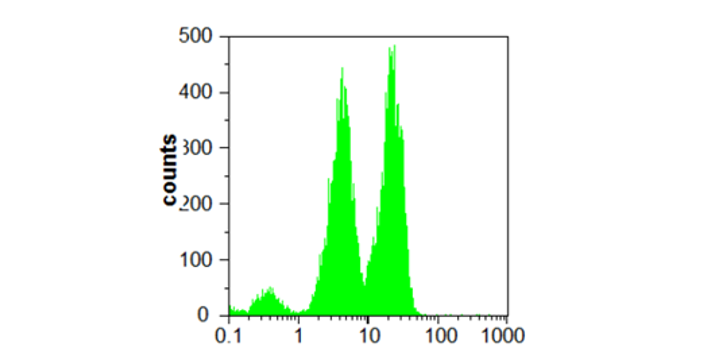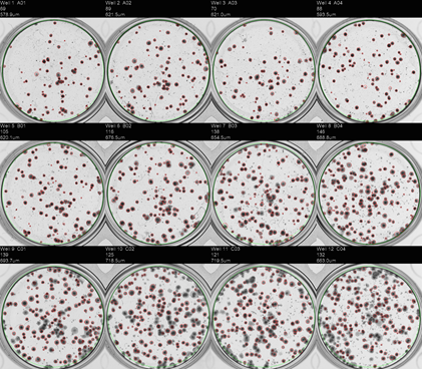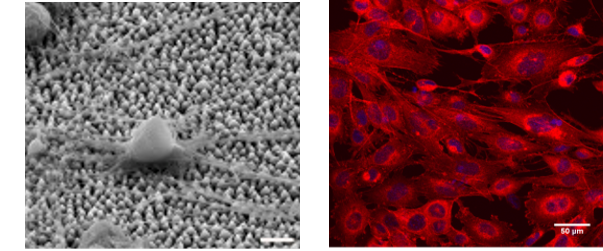in vitro assays and cell analysis
LCI Live cell imaging
The “Live Cell Imaging” facility is equipped with advanced imaging microscopy techniques (based on two- or multi- photon excitation), which are appropriate for the all-optical minimally invasive, high-resolution (<500nm), deep (>500μm) monitoring of living cells and tissues for long periods of time.
DH Digital holography
Digital Holography Microscopy (DHM) has become a powerful and versatile tool for life sciences, biophysics and biotechnology. This is a custom setup, based on an inverted optical microscope, combining brightfield illumination and digital holography dedicated mainly to live cells imaging.
MHCACC Microscope for high content analysis of cell culture (high throughput cell analysis)
The instrument is a super-fast and sensitive fluorescence wide-field cell imaging system, fine-tuned to the needs for high-content screening (HCS) and high-content analysis (HCA).
FC Flow cytometry (cell sorting)
The benchtop flow cytometer is highly versatile for most applications in cell and particle analysis as well as absolute counting.
INA In Vitro Assays
In vitro assays on cell cultures allow the study of biological functions and phenomena: each type of assay corresponds to a biological function or mechanism. These assays are used to assess the safety of advanced materials and in particular nanomaterials.
CCF Cell culture facilities
The Cell Culture Facility provides the necessary equipment (basic cell culture, sample preparation, functional assays and imaging equipment) for the study of the effect of biomaterials on specific cell behavior and function and cellular responses, such as cell survival, adhesion, morphology, proliferation, growth, migration and differentiation.
HTS High-Throuput Screening
High-throughput screening (HTS) cell-based assays are able to evaluate compound effects on cellular models through absorbance, fluorescence, and luminescence measurements. HTS has been further facilitated by automated liquid handling systems, allowing the rapid screening of large libraries of compounds.
3DC 3D and organotypic cultures cell assay systems
3-D culture systems aim to resemble the architecture and cellular interactions found in tissues. Culturing cells in matrices or scaffolds allows a deeper understanding of tissue development and regeneration, as well as the effects of compounds on biological systems. These culture models enhanced our understanding of cellular processes and diseases.









